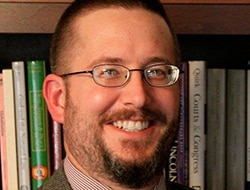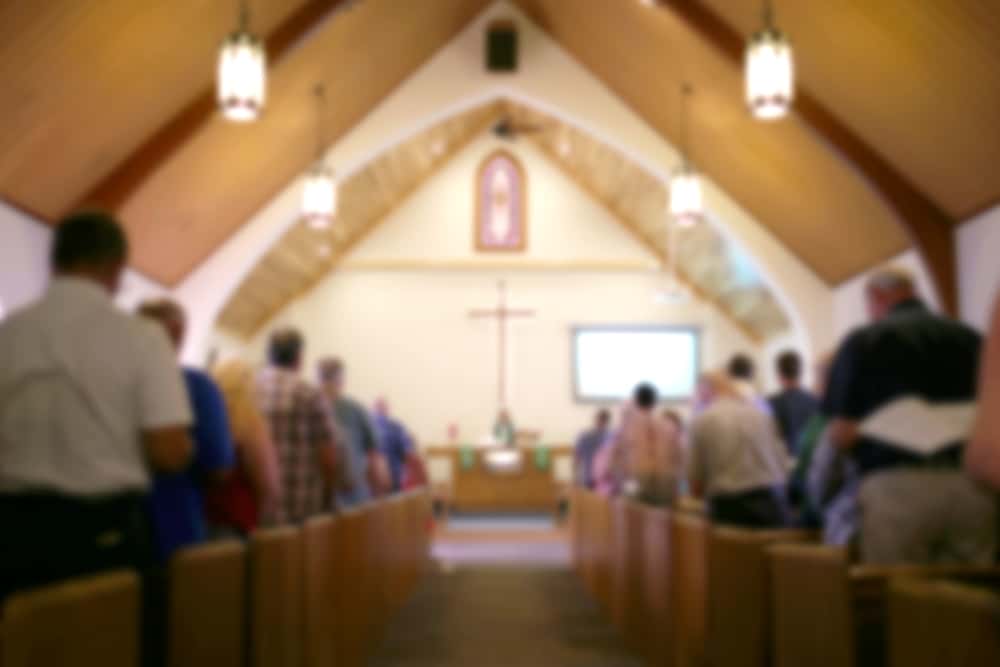
Great art of any kind — a painting, a piece of music, sculpture, a novel, a film, a perfectly prepared meal — has a quality about it that draws us in, leads us to get lost in the moment, makes us want that moment to last and, when it is over, causes us to look forward in expectation to when we can experience it again. Philosophically, even theologically, we can explain this quality by saying that great art partakes of the good, the true, and the beautiful, and so it touches something universal within our souls.
There’s something to be said for the singular moment: the way the late afternoon light strikes Bernini’s Fountain of the Four Rivers in the Piazza Navona on your first trip to Rome; or the meal that’s so exquisite that you never try to replicate it again, preferring a perfect memory to a potentially imperfect encore. But we reread novels we love and revisit films that moved us and make our way quickly past the rotating exhibits in the Metropolitan Museum of Art to the half-dozen pieces we visit every time we are in New York, because we know that we will find joy in them once again.
We prefer our experiences of the universal to be familiar. As Catholics, we understand that our religion is incarnational: The very definition of the good, the true, and the beautiful became man and walked among us. And for much of the history of the Church, we recognized that the Incarnation meant something truly radical: We can find the good, the true, and the beautiful in the familiar, in the place and among the people where we live. And that means that this porch on which I sit as I write this and these people who wave and say, “What a beautiful evening!” as they pass by are more than just things passing through my life — they are the means through which I come to know the truth that brings life to this world.
We talk of seeing Christ in others and of being Christ to others, and — let’s be frank — we do so more often in moments of social turmoil. When times are “normal” — whatever that may mean — do we look for Christ in the faces of our neighbors, or in those of our fellow parishioners, or in the eyes of our priest? Or do we let familiarity breed, if not contempt, perhaps boredom or apathy? Do we see in the world around us the work of our Creator, or just as grass that needs to be mowed and trees that need to be trimmed, and skies that may be blue and sunny right now but, on the horizon, hold the first signs of clouds that threaten rain?
Everything in modern life tries to rip us out of the present moment, this place here and this time right now, and from the company of the people closest to us, whether family, coworkers, or neighbors. Our attention is constantly drawn back to the forest, and away from the trees. We’re distracted by the news, by our ever-present work, by the constant pings of our devices, from seeing the beauty in the details of the canvas that God has painted all around us, and recognizing the face of Christ in each person we encounter every day.
Scott P. Richert is publisher for OSV.





